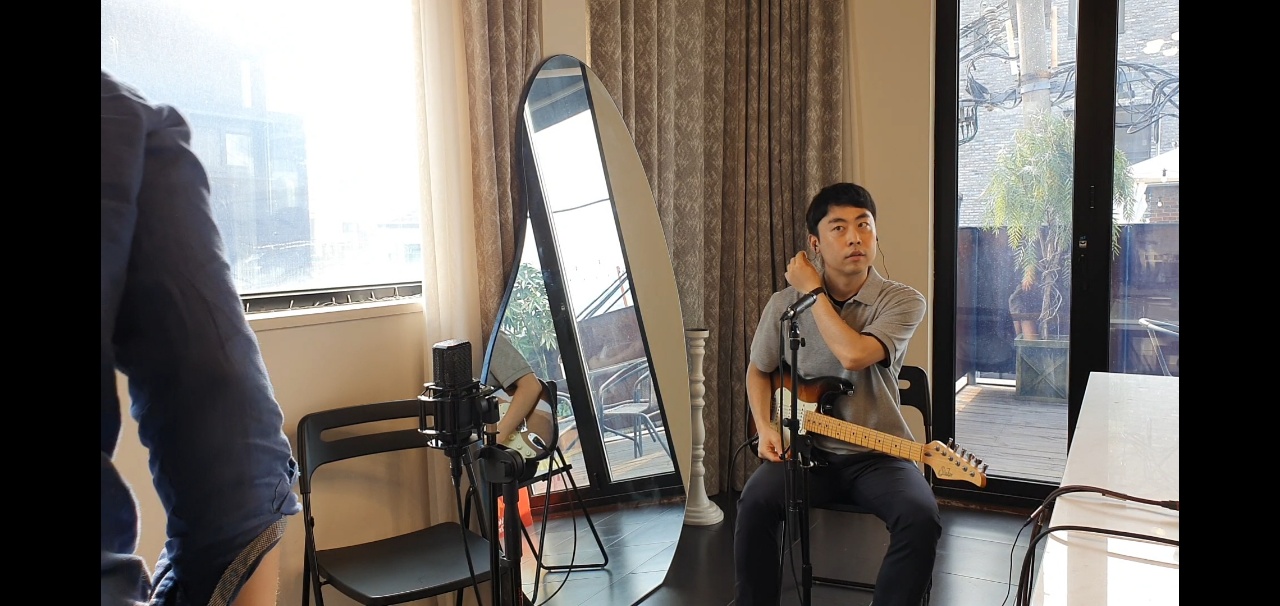In the context of transforming audio to symbolic music representations, there are several methods to consider, and the classification into event-based and sampling-based approaches is reasonable. Let's explore these two categories in a bit more detail and provide some examples.
- Event-based approach:
In this approach, the focus is on extracting discrete musical events from the audio, often resembling MIDI-like information. It generally includes note-on, note-off, velocity (note volume), and other control events like pitch bend or modulation. The main goal is to extract the individual elements that make up the piece of music and represent them as a sequence of distinct events. Examples of event-based representations:
- MIDI files: A standard format that encodes a sequence of messages carrying information like note pitch, note duration, and instrument changes.
- MusicXML: A music notation file format that provides a detailed symbolic representation of the underlying musical structure, including pitch, rhythm, dynamics, and articulation.
- Sampling-based(grid-like) approach:
In this approach, the focus is on discretizing the temporal and pitch dimensions of the audio signal into a fixed-resolution grid or matrix. Each cell in the matrix represents a specific pitch at a particular point in time, with values indicating whether the note is active or not. It is akin to a piano roll or grid-style visualization, which can be easier to manipulate and process for some tasks. Examples of sampling-based representations:
- Piano roll: A grid-like representation where time is divided into fixed intervals (sampling) and pitch is distributed over a specific range. In this matrix, a cell's value indicates the presence or absence of a note at a given time and pitch.
- Beat-based quantization: A variation of the piano roll where the time resolution is adjusted to beats, aligning notes to a fixed tempo. This can help simplify rhythmic processing and generation tasks.
three-steps for alignment
1) get absolute time for every note using MIDI parsing tool
2) align them on a grid(beats & ticks)
3) shift should be applied to maintain a complete measure(ticks_per_beat * 4 - ticks_first_beat)

Both categories have their merits, and the choice of which method to use depends on the specific task and desired outcome. Event-based representations excel in applications where the focus is on preserving and manipulating individual musical events, such as notation editing or detailed composition tasks. On the other hand, sampling-based representations are well-suited for applications that require a more abstract or simplified representation of music, such as automatic music generation or music pattern analysis tasks. These classifications provide a useful way to differentiate and organize the various methods for creating symbolic music tokens from audio data, helping to guide decisions when developing music processing and generation systems.
3개의 댓글
In case you're more interested in downloading and listening to music directly, you might want to give tubidy mp3 a shot. It’s a user-friendly platform that offers a wide selection of tracks, covering everything from popular hits to underground sounds. The site makes it super simple to search by song, artist, or album, and you can download music quickly without any hassle
I had the same issue with outdated news updates — did you figure out what was causing it? At first, I thought it was just a glitch, but after I started following music news more seriously on https://fakazamag.com , I realized there was a problem. Hopefully, it’s nothing serious.



Mariachi Pancho Villa Cali transforms birthdays into festive celebrations with our lively tunes and energetic performances. Whether it's a child's birthday or a milestone celebration, our musicians bring joy and excitement to every moment. Discover our services at https://www.mariachipanchovillacali.com/ and make your next birthday unforgettable.